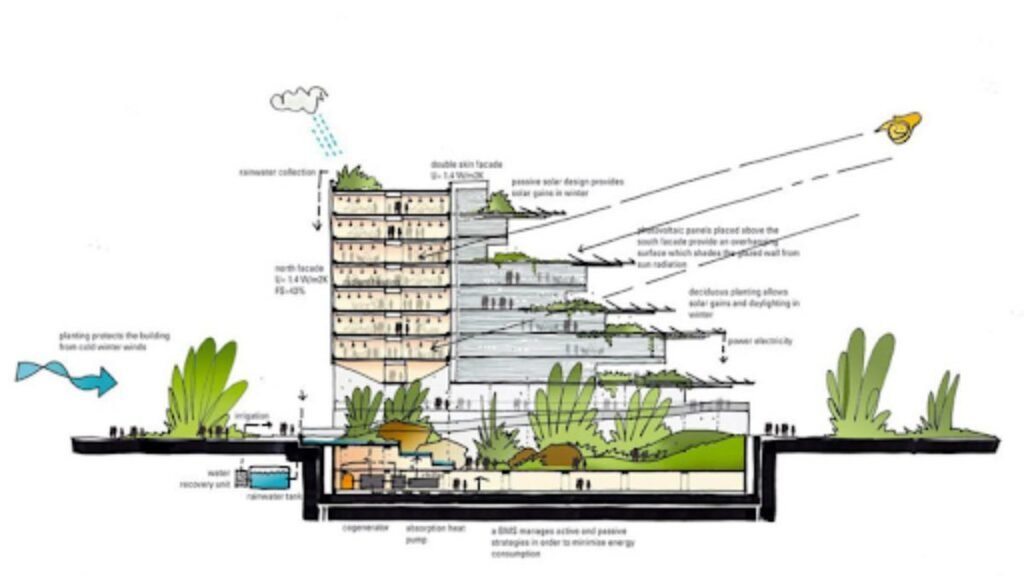Introduction to Sustainable Housing Design
The quest for sustainable living has never been more relevant as we face numerous climate-related challenges globally. With heightened awareness about environmental degradation, many individuals and companies, like Sierra West Construction, aim to redefine how homes are designed and built. These homes promise reduced ecological impact and focus on creating healthier living environments, marking them as the future of residential design.
At its core, sustainable housing design embodies principles that significantly reduce the overall carbon footprint. It incorporates eco-friendly materials, cutting-edge building techniques, and innovative energy solutions that redefine living spaces. This conscious approach is about being environmentally aware and ensuring economic viability and resource conservancy for future generations.
Key Features of Sustainable Homes
Sustainable homes are distinguished by their energy efficiency through high-performance insulation, energy-efficient windows, and modern heating and cooling systems. As clean energy is generated utilizing renewable energy sources like solar panels and wind turbines, dependency on fossil fuels declines. Water conservation is prioritized through advanced rainwater harvesting and greywater recycling systems. Homes are constructed with recycled and locally sourced materials, minimizing resource depletion and reducing transportation emissions. These features contribute to a comfortable, year-round living environment.
Advantages of Going Green
Transitioning to a green home offers substantial advantages, both economically and environmentally. Initial investments in sustainable housing may seem daunting, yet these homes typically result in significant reductions in utility bills. Energy-efficient appliances and systems ensure minimal operational costs, proving cost-effective over time.
Sustainable homes also promote healthier living conditions. By using non-toxic, sustainable building materials, these homes ensure superior indoor air quality, significantly reducing the risks of respiratory diseases and allergies. Furthermore, with growing consumer awareness, demand for sustainable homes is increasing, often leading to higher property values and a competitive edge in real estate markets.
Current Trends in Sustainable Architecture
Recycled materials like steel and wood and green roofs that provide natural insulation, enhance air quality, and lessen stormwater runoff are becoming increasingly popular in sustainable buildings. Innovative technologies also transform home energy usage, allowing intelligent systems to monitor consumption, adjust power distribution, and adapt to occupants’ habits, enhancing sustainability and improving the overall living experience.
Innovations Driving the Future
Technological advancements are crucial for sustainable housing, with smart home automation offering homeowners control over energy use. These systems optimize energy consumption without compromising comfort. AI and robotics integration in construction can enhance precision and reduce waste, promoting environmentally friendly building processes. This enables bespoke design solutions while maintaining sustainability, presenting a promising future for eco-friendly construction.
Economic Benefits of Sustainable Housing
On the economic front, sustainable housing presents compelling benefits. Lower energy and water expenses result in a significant return on investment, even if the original capital outlay may be more critical—these dwellings’ efficiency results in considerable savings throughout the building’s life.
Beyond personal financial gain, the proliferation of sustainable housing boosts economic growth by generating jobs in green construction sectors. Countries are increasingly providing incentives, such as tax breaks and subsidies, to encourage sustainable construction, enhancing the overall economic appeal of green buildings. These incentives are essential for encouraging broad adoption when whole sectors transition to more environmentally friendly practices.



